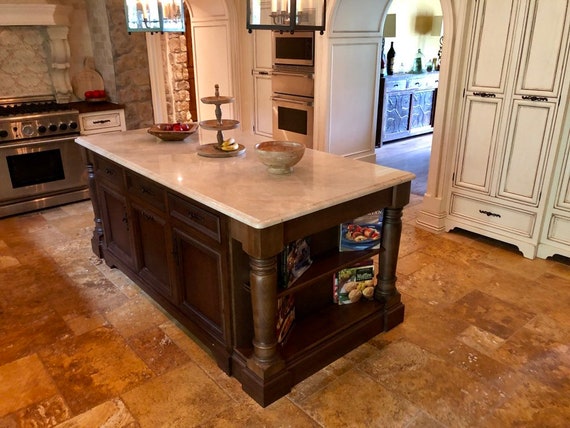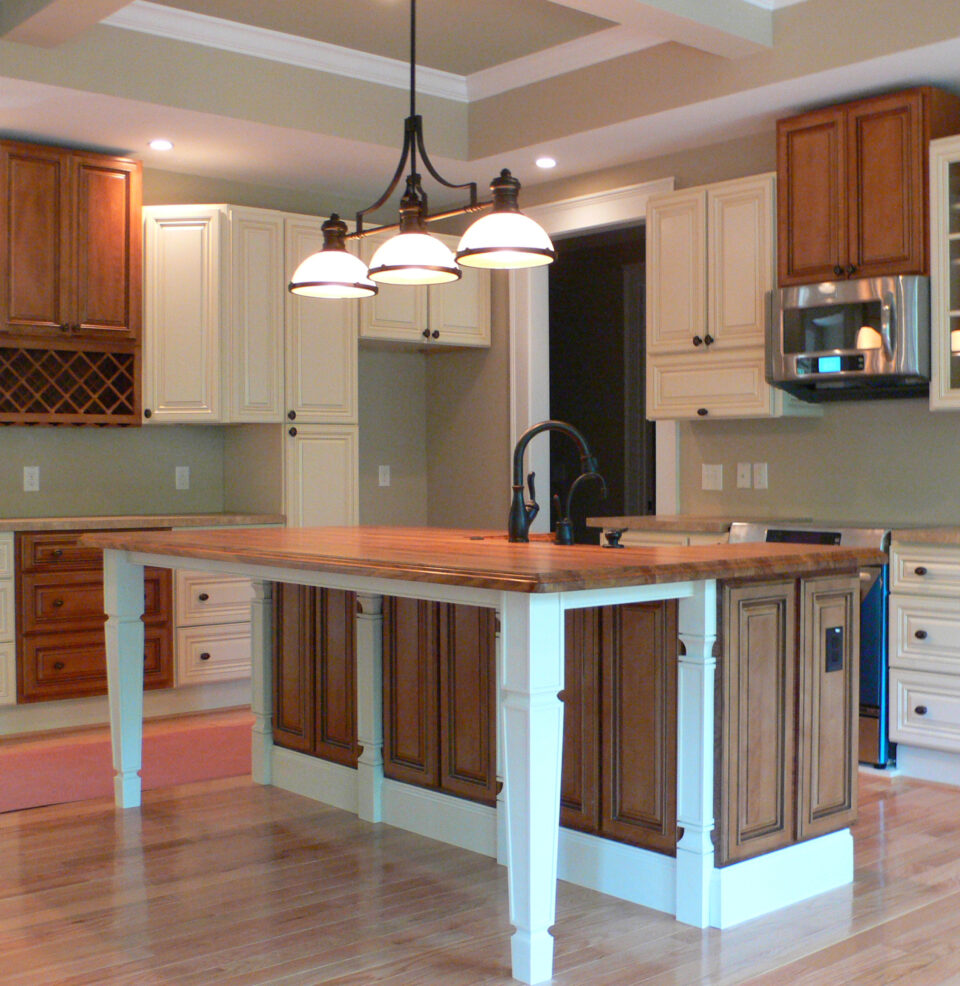Crucial Tips for Selecting the Perfect Dining Table for Your Kitchen
Selecting the best eating table for your kitchen area is more than simply an issue of taste; it necessitates a detailed understanding of your space and needs. The shape of the table plays an essential function; while rectangle-shaped tables fit bigger areas, rounded ones foster affection, and extendable options offer versatility. The table ought to harmonize with your kitchen area's appearances and accommodate your family pleasantly.
Step Your Room
Picking the perfect eating table starts with a thorough evaluation of your available space. This foundational action guarantees that the table not only fits pleasantly within the room however likewise complements the overall format and performance of your eating area.
It is essential to leave adequate room for chairs to be pulled out and for people to move around the table without obstruction. A basic policy of thumb is to allow at least 36 inches of clearance from the edge of the table to the closest wall or piece of furnishings.
In addition, think of the number of individuals you commonly entertain and whether you need added area for guests. Going with an extendable table can supply flexibility, allowing you to suit differing numbers of diners. By precisely measuring your area, you lay the foundation for choosing an eating table that boosts both the looks and performance of your dining area.
Choose the Right Forming

On the other hand, round tables are outstanding for smaller sized cooking areas or intimate gatherings, as they advertise conversation by permitting everybody to face each various other. They likewise give a feeling of coziness and can fit well in tighter rooms as a result of their lack of sharp edges. Oblong tables offer the very best of both worlds, combining the size of rectangle-shaped tables with the intimacy of rounded ones, making them flexible for different setups.
Square tables are an additional alternative, particularly fit for square-shaped areas. They develop a modern and balanced look, cultivating an equivalent eating experience for all seated. They may be much less practical for larger celebrations unless they come with expansions. Inevitably, the form you select need to line up with your space dimensions and lifestyle to make sure both kind and feature.
Material Considerations
When picking a table, product factors to consider are extremely important in determining the table's sturdiness, upkeep demands, and overall aesthetic. Wood is a traditional selection, supplying timeless charm and effectiveness. Woods like mahogany, oak, and walnut are especially sturdy, though they can be pricey. kitchen island legs. Softwoods, such as want, are extra economical but might be susceptible to scrapes and damages.
Glass-topped tables give a contemporary, streamlined appearance and can make an area appear larger as a result of their openness. They call for regular cleaning to avoid spots and finger prints. In addition, solidified glass is suggested for its extra stamina and safety.

Finally, composite materials like MDF (Medium-Density Fiberboard) or plywood are economical choices. These products can mimic the look of strong timber but might not provide the same longevity. They Learn More Here are normally simpler to tidy but can be susceptible to water damages if not effectively secured.
Ultimately, the choice of product need to straighten with your cooking area's style, your way of living requires, and your budget restraints. (kitchen island legs)
Seating Capacity and Convenience
Just how do you identify the ideal seats ability and comfort for your dining table? For a family members of four, a rectangle-shaped table of 48 inches long or a round table with a 48-inch size is usually sufficient.
The elevation of the table ought to preferably be around 30 inches, supplying a well balanced ergonomic position for seated restaurants. Chairs ought to have a seat elevation of 18 to 20 inches to ensure a comfy eating stance.
Style and Aesthetics
Choosing a dining table that fits your style and visual appeal includes balancing personal taste with the existing design of your eating area. The table is typically the centerpiece of the kitchen area, and its design needs to complement the total style of the area. Whether your cooking area boasts a contemporary, minimal look or a rustic, farmhouse appeal, the table you select should harmonize with these elements to develop a natural and welcoming environment.
Take into consideration materials carefully; wood provides a classic appeal and can range from rich mahogany for a traditional aim to lighter oak for a modern feeling. Metal and glass tables, on the other hand, can present a streamlined, industrial edge to your cooking area. Do not overlook the table's form-- rectangular tables are timeless and versatile, while round and oval alternatives can foster a more intimate dining experience.
In addition, pay close interest to surfaces and information. A troubled surface might add character and warmth, whereas a glossy surface area can contribute to a clean, contemporary aesthetic. Ultimately, your dining table ought to not only in shape effortlessly right into your kitchen area's layout yet likewise mirror your personal style, boosting the space both functionally and aesthetically.
Final Thought
In verdict, choosing the excellent eating table for a kitchen demands careful analysis of area, shape, material, seating capability, and aesthetic consistency. Ultimately, an appropriate dining table cultivates an inviting ambience and suits the house conveniently, therefore enhancing the eating experience.

When picking a dining table, material factors to consider are vital in identifying the table's longevity, maintenance needs, and total aesthetic. For a household of four, a rectangle-shaped table of 48 inches you can try this out long or a round table with a 48-inch diameter is normally enough.
Do not forget the table's shape-- rectangle-shaped tables are flexible and classic, while round and oval choices can promote a more intimate dining experience. kitchen island legs.